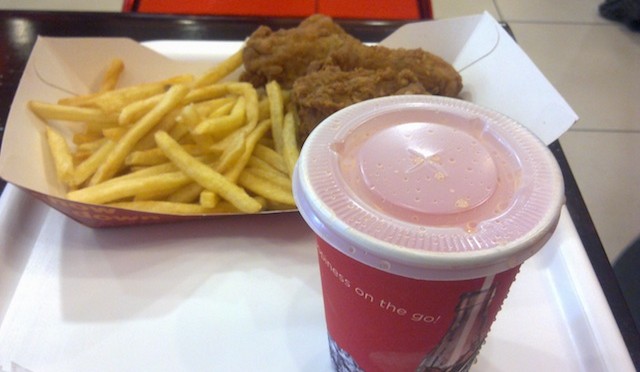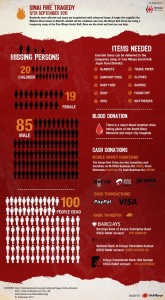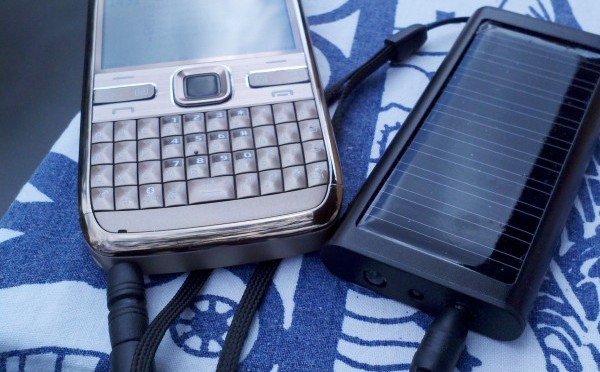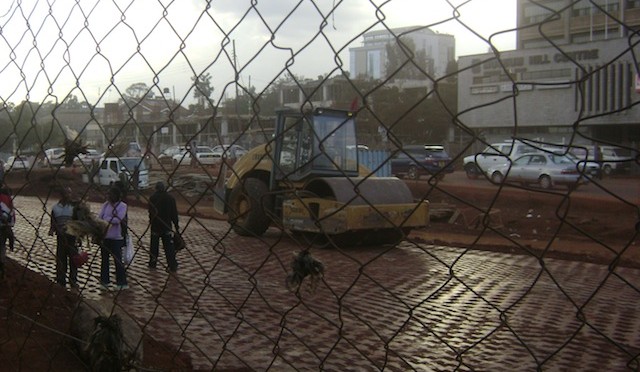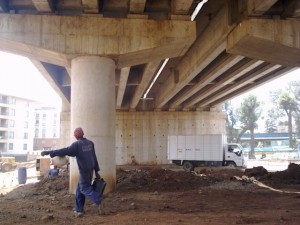My article on the opening of a new Nairobi KFC restaurant that appears in the current issue of Up, a free magazine on interesting things happening in Nairobi. It was edited by Bikozulu.
Edit Jan 2022: Up Nairobi site seems to be gone, so here’s the original article with a few typos fixed.
KFC Stirs Nairobi taste and talk
By Bankelele
There has been quite a bit of online chatter following the opening of a new restaurant by the Kentucky Fried Chicken franchise at the Junction Mall in Nairobi.
The launch night attracted thousands of Nairobi residents who formed long queues out into the stairwell of the mall and one source hinted that the opening night gross at the restaurant exceeded an astonishing Kshs 2.5 million (approximately $28,000), which is probably a record of sorts.
A week later, the queues are still there and on my one visit there I stumbled into many familiar, friendly, faces who were there to sample the world-famous flavoured chicken which is even served in laundry size buckets – suitable for families or groups. Many were there to re-discover meals they had eaten abroad – in the US, or South Africa, while some other older ones were able to recall with nostalgia that there used to be a KFC restaurant in Westlands, that closed a few years ago. For the majority though, it was a first visit to sample an American brand that has chosen Nairobi to establish a footprint in East Africa. The customers all flocked to Junction from the first day, without the franchise having to put up any advertising on radio, TV, Internet or newspapers.
Away from the Junction, there were messages posted on Facebook and Twitter on the arrival of KFC; some celebrating the arrival of the restaurant, and others lamenting its instant popularity. People happily posted pictures online as they received their buckets, or about the speed of service, and of course the taste of the food there.
On the other side, there were quite a number of issues raised: KFC was dismissed as being too expensive – and wrong comparisons were drawn, with some people comparing a meal at the more familiar local Kenchic franchise priced at about Kshs 250 to a KFC one of Kshs 2,700 – since this is the price of KFC’s large 21 (chicken) piece bucket that is a family meal. The menu options at KFC are largely in the Kshs 500 – 700 range, which put it in an expensive consumer bracket, and they are not intent on competing with Kenchic regulars at those prices. For comparison, Tuskys and Nakumatt supermarkets sell the same products but which are priced differently and target different customers.
However, the opening of a fast-food (low-end by US restaurant measures) in an upscale Nairobi mall with upscale pricing was a global eye-opener. Fast foods are regarded as unhealthy but remain popular because of their low price, speedy service (you don’t even have to get out of your car), taste, and location choices that fit into the lifestyles of many busy Americans. But here in Kenya, people are flocking to the Junction including parents who are prodded by their kids. While red flags have come up about the rich in poorer countries making (western-influenced) food & lifestyle choices that are unhealthy, the parents perhaps figure that a once-a-week or once-a-month indulgence in fast food is a harmless treat similar to an excursion to the Village Market.
But the most profound story about Kenchic is in their processes, which include the people, the ingredients, the systems and standards. With people, the selection and the training of staff including some weeks in South Africa that the franchise had to drill in the service concept. The foods mainly consist of chicken supplied by Kenchic and chips (freedom/French fries) imported from Egypt. With systems and standards, there was the need to deliver the worldwide fast food consistency similar to a US KFC and do it in less than two minutes.
KFC staff went through at least three interviews and the managers selected had to attend training in South African on fast-food processes. One important attribute was understanding the operations, which perhaps entailed the need to do menial jobs like cleaning the tables. And by deploying expensive heating machines, the franchise partners have been able to deliver close to the target of meeting orders in 90 seconds (1 ½ minutes)
In terms of food selection Kenchic breeds quality birds and supplies them to their sister restaurants as well as other rivals like Steers, and now to KFC. However, with the issue of chips, the need to have consistent, speedy produce available meant they would have to go with frozen varieties. Perhaps in a few months, a Kenyan food processor will be able to handle such an order but it seems KFC had to start with Egyptian partners. Googling the food processing exports that originate out of Egypt is an eye-opener for anyone in Kenya who believes that Kenya’s agriculturally suited economy is superior to Egypt, which is dismissed as a desert reliant on the Nile River.
KFC had tremendous recent success in Nigeria and saw a need to capitalize on the growing middle-class appetites in Africa. The opening of KFC Nairobi also coincided with one in Accra Ghana, where the same chicken baskets are sold at 50 cedi, which is equivalent to about $30 and the 2,700 shillings in Nairobi.
What’s next for KFC and their local franchise partners who were able to surpass the stringent standards and deliver ‘KFC-quality’ meals, and have had record customers without any publicity? They will next take the KFC-standard recipe and their lessons learnt to the Galleria mall on Langata Road, and later on to Kimathi Street in downtown Nairobi – the ground zero of fast food in Kenya.
